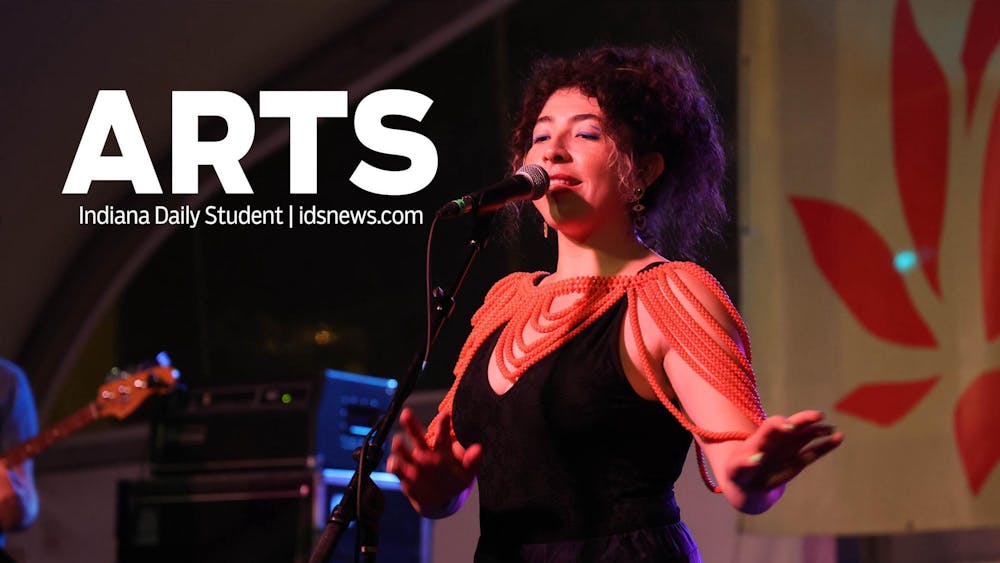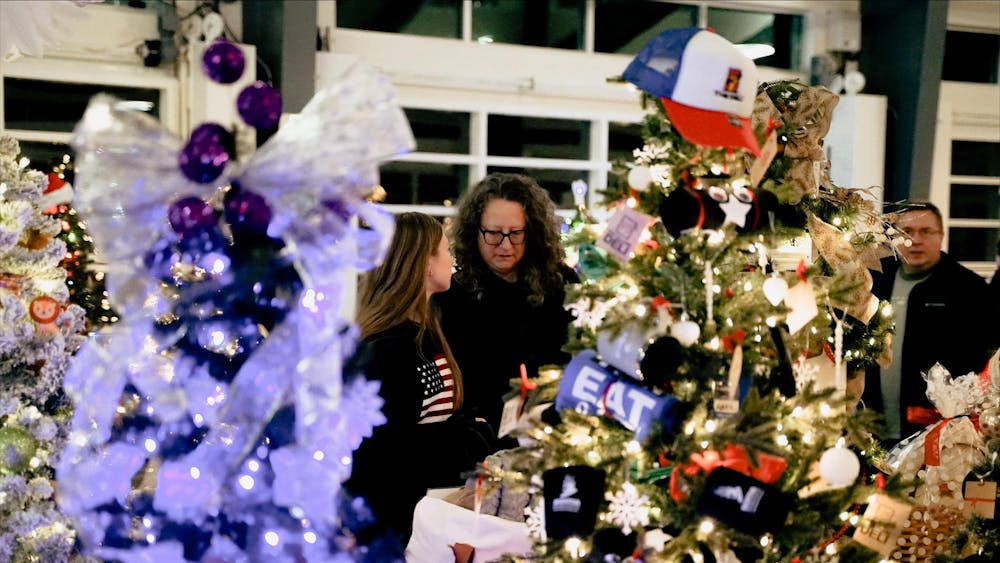ASSISI, Italy -- St. Jerome's white beard is largely gone, his rich cloak looks like it was devoured by moths and the roll of writing paper on his desk has disappeared. \nBut in a kind of restoration miracle, much of the rest of the Giotto fresco is back on the soaring ceiling of St. Francis Basilica, five years after an earthquake sent the masterpiece crashing to the floor in tens of thousands of fragments. \nLike a giant puzzle knocked apart by an angry child, the fresco was painstakingly pieced back together by a team of restorers, who celebrated their achievement Thursday as this town marked the fifth anniversary of a pair of powerful quakes hours apart that claimed 10 lives and destroyed homes and artwork across Umbria in central Italy. \nThe race to save the fresco, which experts believe was painted by Giotto at the end of the 13th century, began almost immediately after a huge chunk of the basilica's nave fell a distance of seven stories in the earthquake, burying two Franciscan monks and two workers in a mound of dust, plaster and bricks on Sept. 26, 1997. \nAfter the bodies were pulled out, volunteers and restoration experts, who slept in a tent camp with some of the thousands left homeless in the quake, started sifting through some 50,000 fragments of the fresco of St. Jerome and pieces of lesser-known frescoes of eight other saints. \nThey tried to match pieces to an enlarged photograph of the original St. Jerome work and carefully laid unmatched pieces on cushions of foam in crates and drawers. \n"Days would pass when people would find nothing, or maybe just a little piece," recalled one of the chief restorers, Paola Passalacqua. "Then suddenly we would remember seeing a certain piece in a certain drawer that matched. It was a work of memory." \nPart of the ceiling above the altar also came crashing down in the second of the quakes, including another priceless masterpiece, a fresco by Cimabue, who is considered the father of Italian painting. \nRestoration work on some 120,000 fragments of Cimabue's St. Matthew will begin in a few months, aided by a computer that will try to find matches between the pieces and a photograph of the masterpiece. Fragments of the Cimabue now fill 880 drawers in a cloister of the Franciscan basilica's convent. \nA computer might also have helped with the Giotto fresco, but right after the quake there was no time to tailor programs to the enterprise, said Passalacqua. \n"The computer will do what we do, looking into one's memory, only we do it much more slowly," said the restorer. \nIn the weeks after the quake, the art world debated if the wrecked frescoes should be mounted in a museum if not enough pieces were found to be put back on the ceiling. \nA few months after the quake, Giuseppe Basile, the restorer overseeing the fresco project, said that if mainly blue sky and little human figures were found, restorers would not be able to put the work back on the ceiling. \nBut piece by piece, a lot of the puzzle started to be filled in: St. Clare's nose in a cycle of Giotto-school frescoes depicting a row of saints; St. Jerome's book, his two-peaked hat, his penetrating eyes and reed-thin nose, some of his burgundy-colored cloak and a few wisps of his wavy beard. \nThe Rev. Enzo Fortunato gazed up Wednesday at St. Jerome and the other eight saints near the entrance and said: "When we could see the face of St. Rufino, his eyes, beard, a cheek, then real hope began for us" that the restoration would succeed. \nAt a kind of thanksgiving ceremony Thursday, the Franciscan custodian of the basilica complex, the Rev. Vincenzo Coli, told the restorers who will work on the Cimabue: "We're faithfully waiting for another miracle of faith and of the capabilities of man." \nThe upper level of the two-tiered basilica, where the frescoes are located, was reopened to the public in 1999. \n"When pilgrims come in, they point to where the Cimabue fresco was and say, 'That's where the quake damage was,"' Fortunato said. \nVisitors don't realize the St. Jerome fresco also was quake-damaged, its missing details taken for a casualty of passing centuries and not the temblors, a true indication, Fortunato said, of the restoration's success.
Italian Church fresco restored after being damaged in earthquake
Painstaking work leads to near perfect restoral of damaged masterpiece
Get stories like this in your inbox
Subscribe





